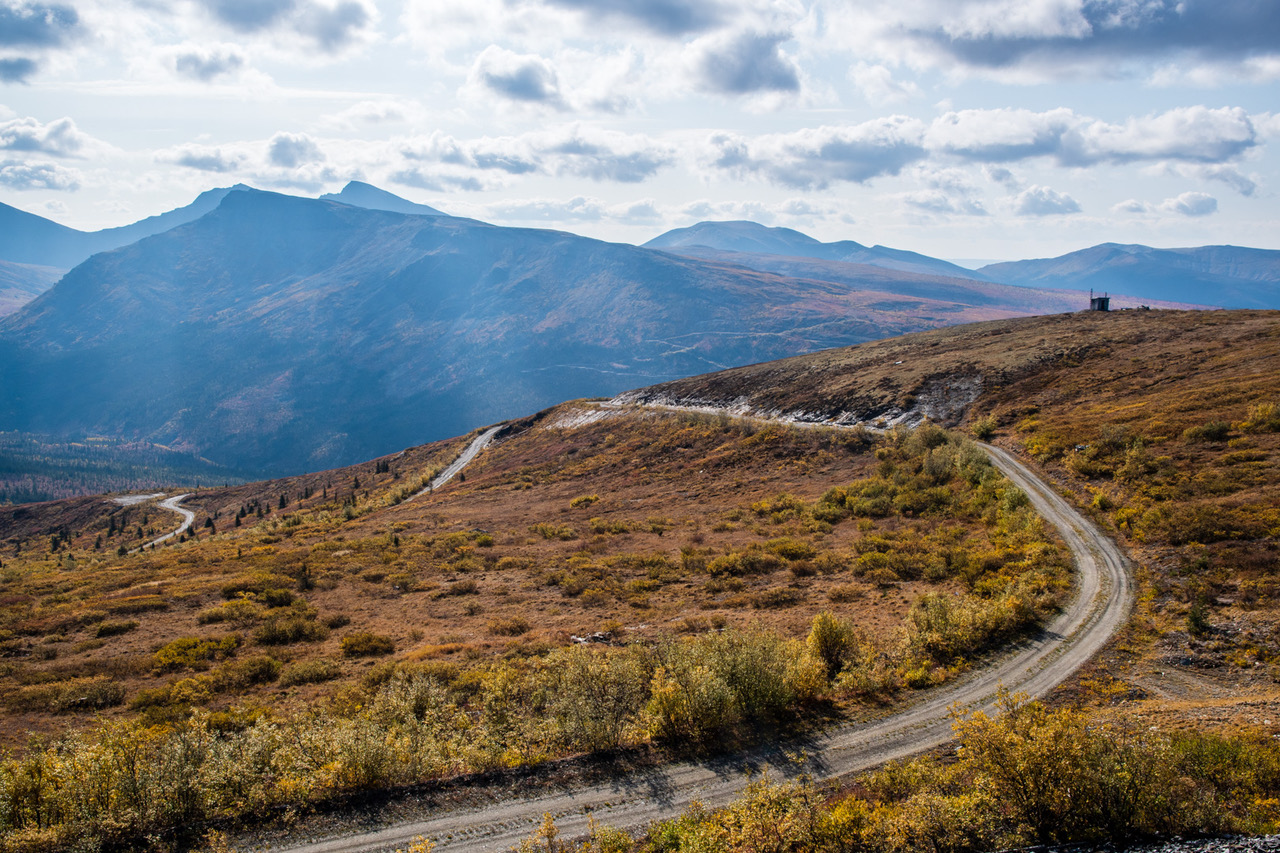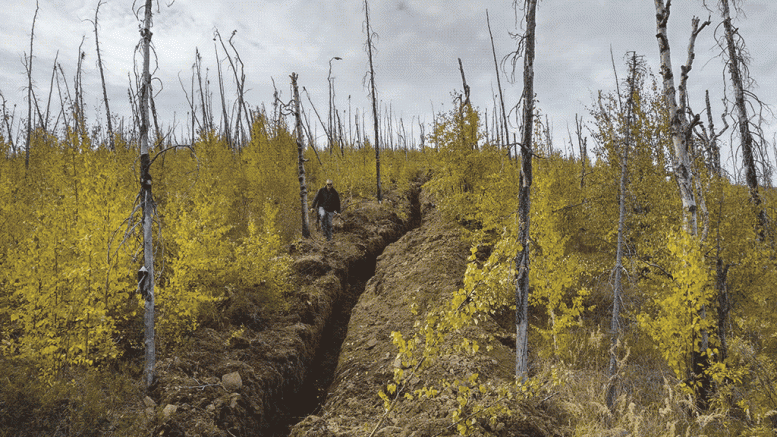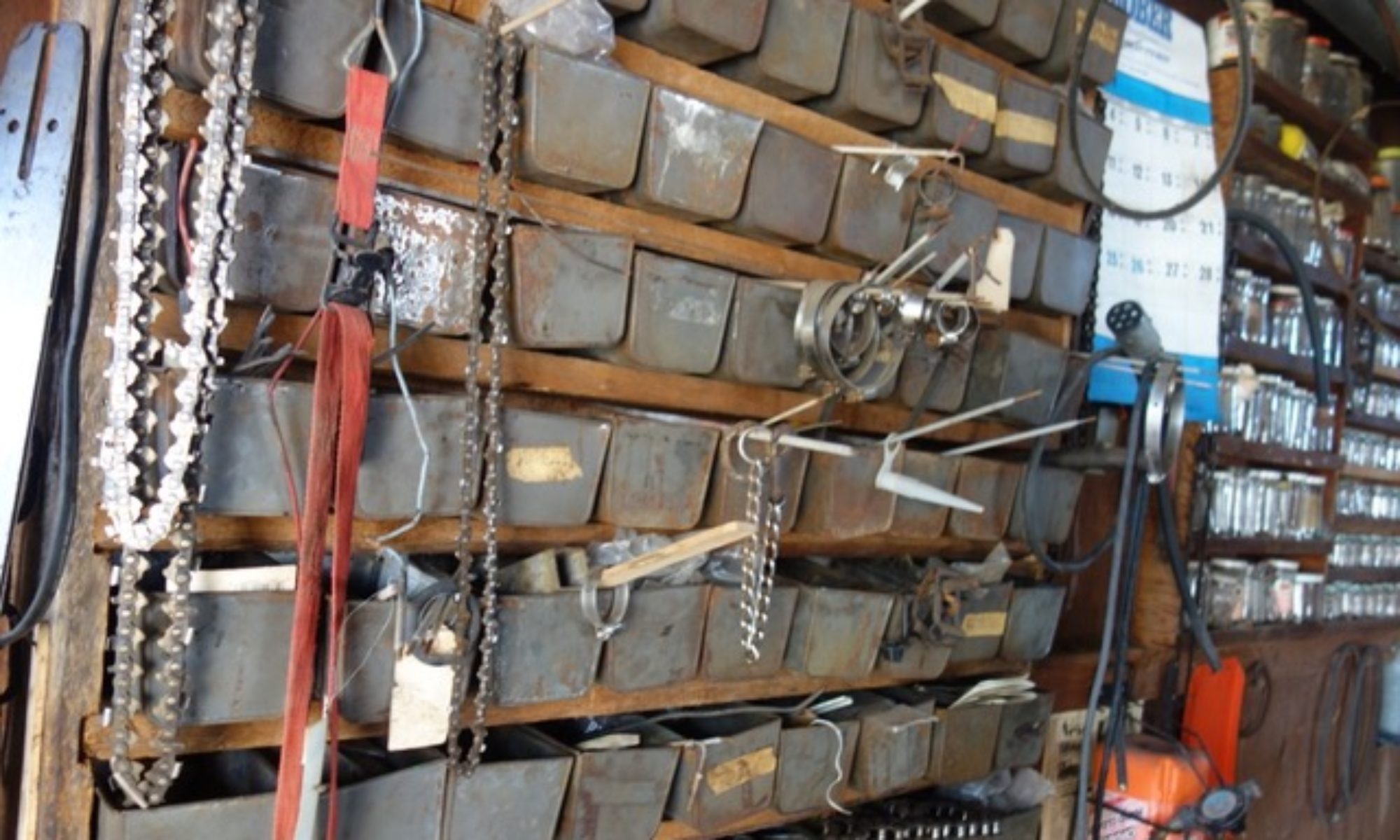A local Timmins journalist, Kevin Vincent, has written two books titled BOOTLEG GOLD, VOLUMES 1 AND 2.
He claims high grade gold is Timmins worst kept secret. Everybody knows a high grader.
“I met this fellow by the name of Jack Atkinson, a detective with the Timmins Police Department, who I dedicate both of my books to, who told me these extraordinary stories about these gold thefts that were happening in Timmins,” explained Vincent in talking about how he came by his passion for documenting high-grading in Timmins.“I thought ‘Where are all the books on this and the magazine articles?’ and he said I don’t think there are any,” recalled Vincent.“I think we can fix that,” Vincent told Atkinson. “So for two years every morning before work I came to the library from 8:30 a.m. to 10 a.m. and researched the stories about the theft of gold in Timmins.Vincent has accumulated 17,000 pages of documentation on gold thefts from examining microfilm of the Porcupine Advance and Timmins Daily Press.“Everybody in Timmins has a story about this and it is Timmins’ biggest secret because anyone you meet on the street will tell you a story about someone they know who high-graded, usually it’s a friend who stole gold, never anybody in their family.”“It was a lot of fun, researching these stories,” noted Vincent, “but it was also very serious because of many people getting hurt.”
“But for the most part it was considered a victimless crime,” he added.

Old mining roads criss crossed the Keno Hill area. Too bad the White Pass trucker got lost. Otherwise Gerald
Priest might have successfully stolen 70 tons of silver ore.
HOW DID GERALD PREIST AND PANCHO MANAGE TO STEAL 671 BAGS OF SILVER ORE?
First they needed an inside man who had a responsible position. The police, lawyers, mine officials concluded
that inside man was Swizinski,the night shift boss. This has never been confirmed. Only alleged .
Here is how the system worked….allegedly
1) There was a four hour gap between night shift and day shift. That gave the thieves a
four hour time to do their high grading .
2) Bobicik and the mystery man (i.e. Swizinski)
entered mine at 200 foot level via an disused adit.
3) They reached the Bonanza Stope via a crosscut tunnel that ended at a ventilation door
that closed off an inactive part of the mine…kept closed to avoid loss of compressed air….
needed to maintain air quality in operating part of the mine.
4) Bobicik passed through this door to operating part of the mine
5) Where he encountered a “Lugger” …a machine used to move rocks
6) forty feet from the Bonanza stope on a gentle incline
7) Stope contained freshly blasted ore…ready for ‘high grading’ theft
8) The two men shovelled the best ore into 5 or 6 burlap sacks.
9) They pulled the 100 pound sacks to a ‘Slusher”, a giant mechanical shovel used
to direct rock downhill to the 400 foot portal (adit)…but the slasher could also
move the sacks uphill to the 200 foot level when operating in reverse.
10) Half a ton of ore could be moved in a few seconds up to empty rail cars which
were pushed 400 feet to long unused part of the mine where the sacks were hidden.
11) They ‘high graded’ a ton of ore each night.
And there, hidden, the sacks of ore sat. Moving them from the mine to
a food pick up point was the next task.. The Yukon has bright nights in the summer…sunshine
until late so danger of being spotted was high. Winter movement in the long dark
nights was also a problem since tire tracks would be left in the snow.
Movement of the ore would be easier if they seemed to be legitimate owners
of the ore. So they bought the Moon mining claims. They became reputable mine owners.
The Moon claims were almost inaccessible…a long way from where the 671 sacks of ore
were eventually stashed beside a gravel Road.
Getting the sacks from he 200 level in the mine to the roadside was not easy
as they were seen a couple of times but Bobicik had a cover story as did
Priest since they formed a legitimate mining company and developed the Rock on
the Moon story.
But there was a lot of work involved. The Keno Hill sacks had to be opened and
the ore piled as if waste rock in a ravine. Then all the ore had to be rescued in their
own sacks. Not an easy task. Stealing 70 tons of silver rich ore was not something
that could be done with the snap of their fingers.
Much more to the story. A lot of twists and turns. But this overview at least
explains some events between 1961 to 1963. I find it quite amazing that
none of this activity was noticed by my geophysical crew. We covered so much
of the land around Elsa on foot. We used any road we could find to get to
our survey properties. Then again we saw a great many piles of rock and
derelict buildings. We would not have paid particular notice of Gerald even if we met him
on a mine road with a half ton truck loaded with mine sacks.
This trench was not dug on the Moon claims but gives some idea of how rough the land
was and hence unlikely to be investigated. Dead trees from forest fire long ago. Growth rings
on the trees were almost invisible because climate was inhospitable.
Investigators said the Moon claims were almost inaccessible. Took more that two
hours to reach them by an ATV. Lots of swamp in that part of the McQuesten
Valley. I know that. Especially when doing that claim tagging on my last day
in Keno Hill. There were so many signs of abandoned work stations…cabins,
wagons, equipment, even barrels of gold concentrates…that it was unlikely
our crew would notice the stolen ore even if we walked right over it.
alan skeoch
Feb. 2021
Map below gives some idea of the number of old silver mine workings around Keno Hill. Finding a pile of
broken rock was not unusual.





